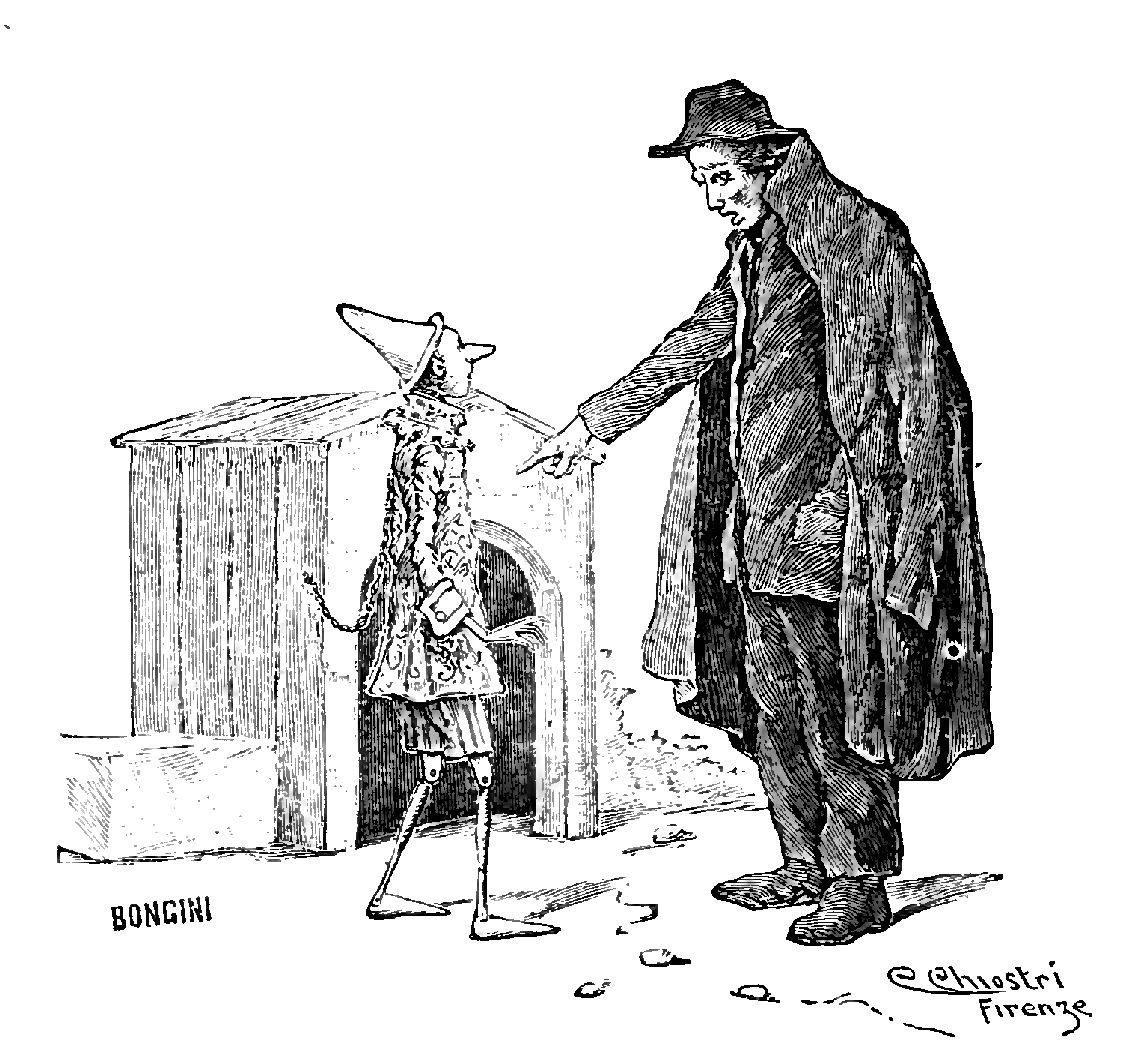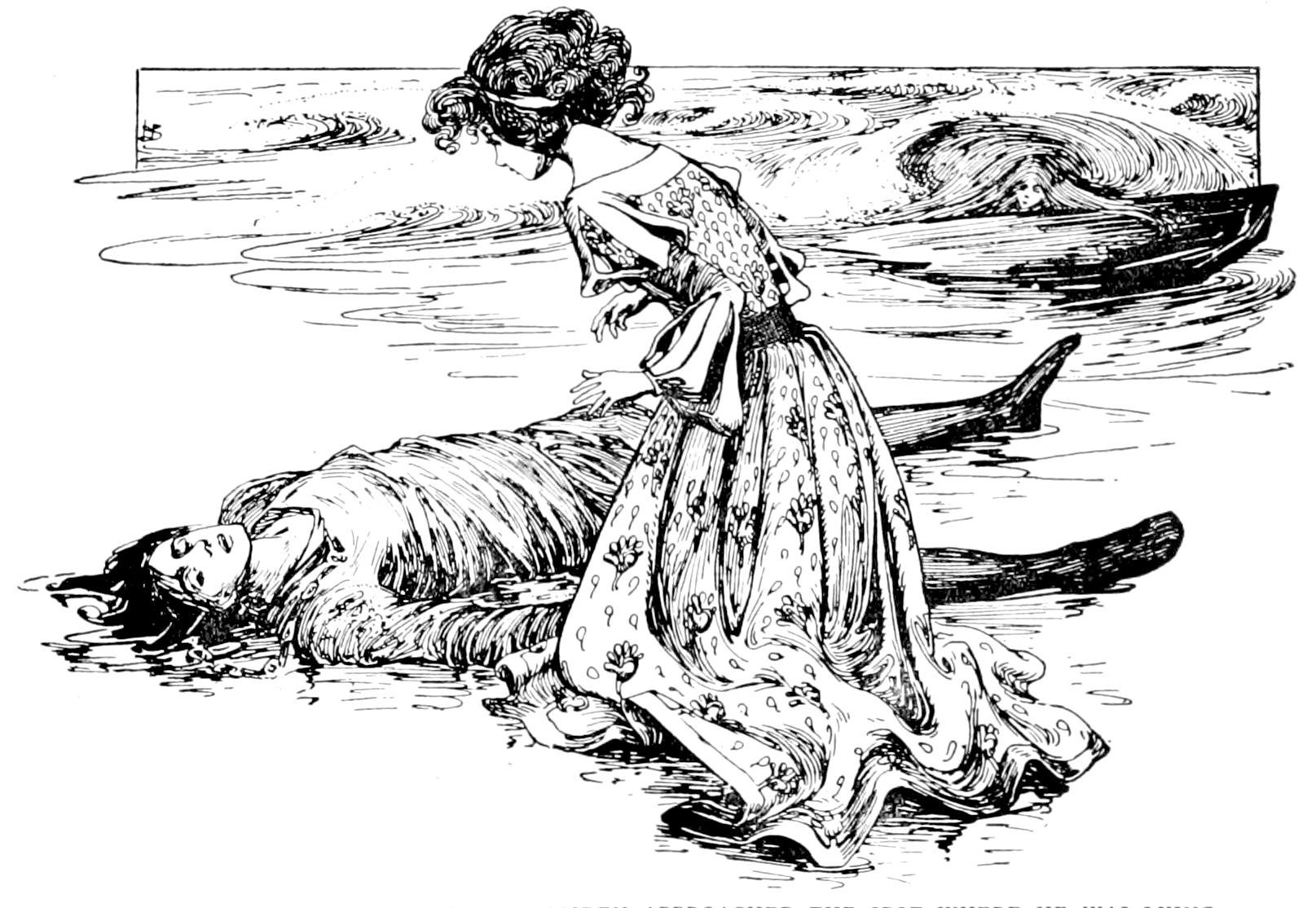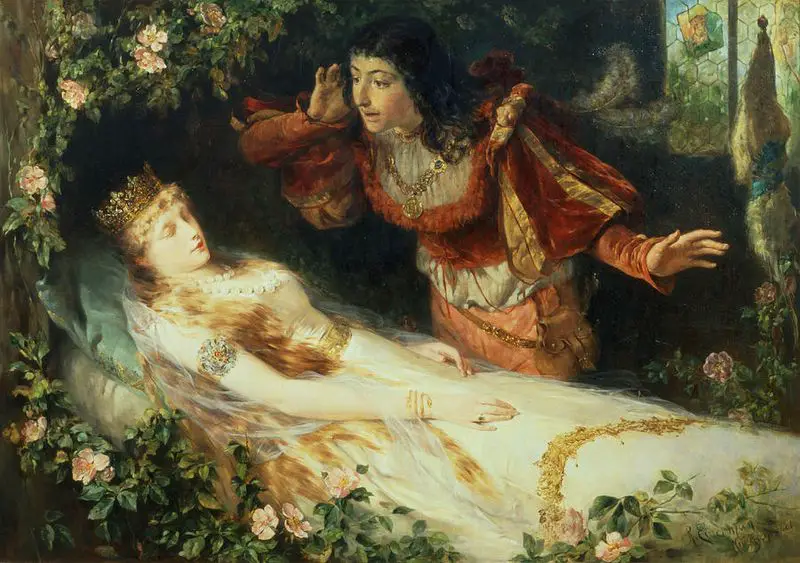Disney became famous by taking original fairy tales and converting them into wonderful, animated films with just the right amount of magic, romance and thrilling events. In many cases, the Disney version became so popular that no one remembers the original story.
But as it turns out, there’s a good reason why many of these stories are lost to memory — they’re horrifying!
Yes, some of the movies might have been scary as a kid, but the number of gory details that Disney omits from these fairy tales is shocking. Honestly, if you read some of the originals before you saw the newer version, you might wonder whether there was any hope for a children’s movie at all. And that’s despite the fact that those fairy tales were written specifically for kids.
For example, Cinderella’s ugly step-sisters don’t squeeze their feet into the glass slipper. They chop off their toes and heels instead! If that wasn’t enough, Cinderella’s trusty bird friends peck out the sisters’ eyes at the wedding. Try reading that to your little sister before bed.
In case you’re curious and want to ruin your childhood, here are the original stories of four more Disney classics that could have been made as horror movies instead.
1. “Pinocchio” (“The Adventures of Pinocchio” by Carlo Callodi)
The Disney version of Pinocchio is definitely intense with the whole whale incident and Pinocchio’s donkey transformation, but these are two of the tamer events of the story. Callodi’s original story is basically 128 pages of disturbing events deemed worthy of a Tim Burton-style remake. But let’s face it: The whole thing is about a possessed toy.
For starters, the log that eventually becomes Pinocchio screams as it’s being carved. The carpenter is so freaked out that he gives the wood to Gepetto — great friend, right? Gepetto finishes the carving and creates a truly horrible creature.
Remember Jiminy Cricket? Pinocchio smashes him with a hammer. And that wonderful father-son relationship between Pinocchio and Gepetto? Picture Gepetto in jail for supposed child abuse instead.

That’s just through Chapter 4. Pinocchio burns his feet off, watches a snake die from a heart attack and has a swarm of woodpeckers bite his liar-nose back down to size. The cat and the fox don’t just trick Pinocchio; they hang him. And while Pinocchio is trying to escape, he bites the cat’s paw off.
Things get even trippier once Pinocchio goes to Toyland. Honestly, the fact that Pinocchio turns into a donkey is pretty messed up to start with. What Disney leaves out is the driver biting off a donkey’s ear and donkey-Pinocchio being sold to the circus and beaten.
Pinocchio is eventually sold to a new owner who intends to skin him for a drum. The man’s method of murder is tying a rock around Pinocchio’s neck and dropping him off a cliff into the ocean.
While Pinocchio is drowning, a swarm of fish sent from the blue fairy come and eat the donkey flesh off of him. This is supposed to be good because he’s a puppet again, but personally it’s just gross. This comes just before the giant shark — not whale — swallows Pinocchio.
Eventually, Pinocchio makes enough good choices to become a real boy, supporting the story’s moral that good things happen to good boys, but the scare tactics might be a bit much for most kids to reach the end.
2. “Tangled” (“Rapunzel” by the Brothers Grimm)
Forget the lovable Disney princess with her little frying pan and adorable chameleon. Let me introduce you to a delightful tale about a baby who is sold for a salad, trapped in a tower and impregnated by Prince Charming. Disney obviously had to make some changes.
Apparently, Rapunzel’s mom had some killer pregnancy cravings because she claims she’ll die if she doesn’t get some rampion (aka the Rapunzel plant). Tired of her complaints, her husband sneaks into the garden of the not-so-friendly neighborhood witch and steals some.
Obviously, he gets caught, but the witch offers him a deal: He can take all the rampion he wants in exchange for the baby. For whatever reason, the man agrees to this Rumpelstiltskin-ish agreement and takes the rampion home. The witch, Gothel, claims Rapunzel immediately and locks her away in the iconic tower, which is one of the most underrated issues in this story regardless of the version. Rapunzel literally grows up as a prisoner.
Now the story gets weird(er). One day, a prince is riding through the forest when he hears Rapunzel singing. Her voice enchants him so much that he falls in love with her and comes back every day to hear her sing (aww).
But when he can’t find a door, he decides the best way to meet Rapunzel is to trick her into hauling him inside the tower. Obviously, the girl is terrified to find a man in her room, but the prince sweet talks her into letting him staying … and marrying him.
They concoct a long and not-so-brilliant escape plan, but Gothel catches them before they can finish. In the original version, Rapunzel naively asks Gothel why her clothes are getting so tight and — surprise! — Rapunzel’s pregnant. Apparently, the prince forgot to explain a few things. In a later, more child-friendly version, Rapunzel is just stupid and compares Gothel’s weight to the prince’s.
Either way, Gothel is furious and beats Rapunzel before chopping her hair off. As further punishment, Gothel abandons Rapunzel in the desert to survive the heat and an all-natural childbirth alone. To complete her revenge, Gothel uses Rapunzel’s severed hair to lure the prince into the tower and tells him that he’ll never see his love again.
Devastated, the prince jumps from the three-story tower in an attempt of suicide but only gouges his eyes out in a patch of thorns. He spends the next several years wandering around blind.
Eventually, he stumbles across Rapunzel and their two children in the desert. Her somehow-magical tears heal his eyes, and they return to his kingdom to live happily ever after. The moral of the story: Keep your pregnancy cravings under control. Or don’t let strangers in your room. Either one.
3. “The Little Mermaid” (“The Little Mermaid” by Hans Christian Andersen)
The Disney princess Ariel is a cute mermaid who sells her voice to find true love. Adorable, yet so far from this twisted tale. The original little mermaid is less cute and more obsessive.
The unnamed princess visits the surface for the first time on her 15th birthday. She sees the festive ship and the handsome prince, and she immediately obsesses over him. Like the Disney version, the princess saves the prince’s life during the storm and takes him to the shore where she kisses him. But when he leaves to go home, the princess falls into a deep depression until her sisters show her to his castle. After that, she spends her days stalking the prince from the shallows.

Fast forward to her deal with the sea-witch, and the situation gets worse. For sinister context, the witch’s house is surrounded by a forest of half-animal, half-plant-like creatures that latch onto whatever they can grab: human skeletons, dead animals and even a strangled mermaid. The house itself is built from human bones.
Then comes the deal: The princess sacrifices her voice via chopping off her tongue. With this payment, the witch concocts a potion that will transform the mermaid into a human but will cut like a sword when she swallows it. In further retribution for sacrificing her tail, each step the princess takes will feel as if she is walking on knives until her feet literally bleed. The final catch: If the prince marries another, the princess will die and dissolve into sea foam.
Somehow, this seems like a fair trade for a chance at the prince, so the princess drinks the potion, goes to the castle and dances like crazy. It seems to be working because he does kiss her and claim that he wants to marry her … one day … before he then proposes to someone else.
The mermaid spends her last day pretending to be happy but inwardly contemplating her death. Just before sunrise, her sisters arrive with an enchanted knife from the sea-witch. If she kills the prince with the knife, his blood will transform her feet back into a tail and she can live. But the princess loves the prince too much, so she flings herself and the knife into the sea where she evaporates.
Her spirit ascends into the air where she meets other dead mermaids and learns that she can go to “heaven” after 300 years of floating around. And if she’s lucky enough to see a well-behaved child (cue the moral of the story), she can reduce her purgatorial sentence by one year each time. Yay.
4. “Sleeping Beauty” (“Sun, Moon, and Talia” by Giambattista Basile)
Variants of this story go back hundreds of years, but Disney chose to stick fairly close to the dumbed-down Grimm brothers’ version for a good reason. Allow me to share one of the most terrifying original “children’s” stories ever.
Talia, the sleeping beauty, has her standard run-in with the spinning wheel, but she receives the curse from the flax rather than the spindle. Believing her to be dead, Talia’s father takes her body to a mansion, props her up on a throne and is never heard from again.
Sometime later, a king passes the mansion and breaks in to explore. He comes across Talia and decides that it would be fun to rape her. Then he just leaves and “for a time thought no more about this incident.” (You see why Disney stuck with sweet Prince Philip.)

Nine months later, the still-sleeping Talia gives birth to twins, and two fairies randomly appear to care for the babies while Talia sleeps. Eventually, one of the babies sucks the flax out of Talia’s finger and she wakes up to find that she’s a mother.
Soon after, the king remembers his little excursion to the mansion and decides to visit again. He’s surprisingly thrilled to find Talia awake and raising his kids (Sun and Moon), and for some reason she’s not even mad. He starts visiting frequently but keeps them all hidden at the mansion because he happens to be a married man.
The queen in this story takes the place of the diabolical Disney Maleficent, and she’s not stupid. She quickly figures out that her husband has a mistress and devises a horrific plan. She summons Sun and Moon to the palace in the king’s name then hands them over to the cook and orders him to slaughter the children and cook their flesh into a feast for the king. Thankfully, the cook is a decent person (one of few in this story), and he hides the kids and cooks two lambs instead.
A few days later, the queen decides to teach Talia a lesson, so she summons her to the palace with the intent of burning her alive. The king comes home just as the servants are dragging Talia to a bonfire and saves the day by burning the queen instead. The cook reunites the children with their parents, and the king and Talia finally marry. What a great start to happily ever after.
And yes, there is a moral for all the good boys and girls who made it through that mess of a bedtime story: “Those whom fortune favors find good luck even in their sleep.”
Sweet dreams.
















